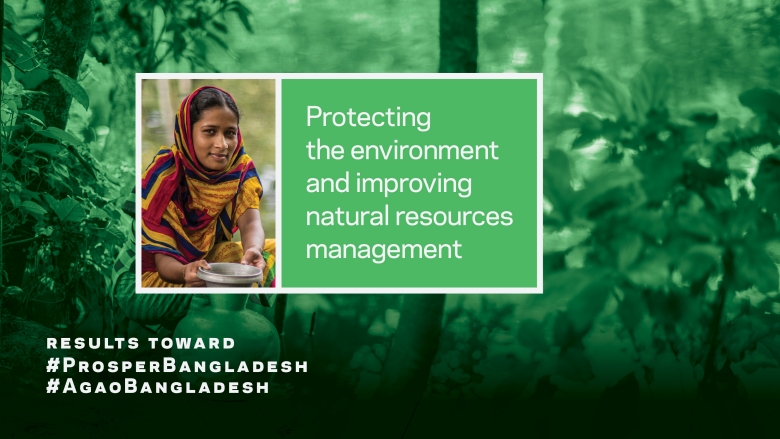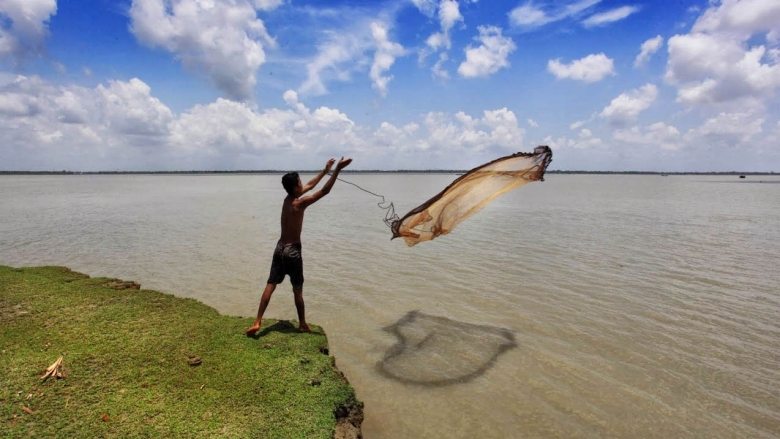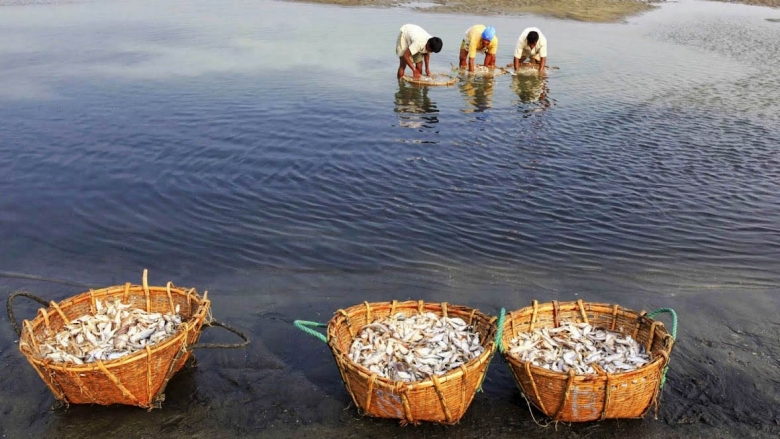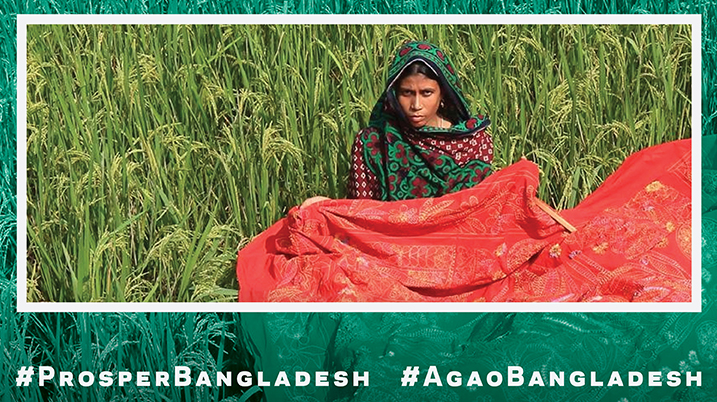With the highest per capita consumption of fish-based animal protein on the planet, the health of Bangladesh’s aquaculture is critical. Bangladesh has among the world's leading inland fisheries producers with an annual production of more than 2.8 million tons. The Government also has successfully embarked on a major sustainable effort to safeguard the iconic national hilsa fish. However, almost 30 percent of all inland fish species are threatened with extinction. There is a mounting concern that nine critically endangered species of inland fisheries are in danger of collapse, which would threaten livelihoods and diets, especially among the Bangladesh’s poorest.
While Bangladesh has strong environmental and natural resource management policies and regulations, there remains a need for:
Integrating environmental protection and management into national planning and strengthening environmental institutions, especially to respond to the Bangladesh’s rapid urbanization, industrialization, and growing pollution.
Unlocking the potential of the climate-smart “blue” economy. Bangladesh needs to improve its protection of ocean health, create sustained jobs and livelihoods, and strengthen its management of vast marine resources.
Climate-resilient forest and landscape management, which can improve rural livelihoods and foster economic opportunities in rural areas.




